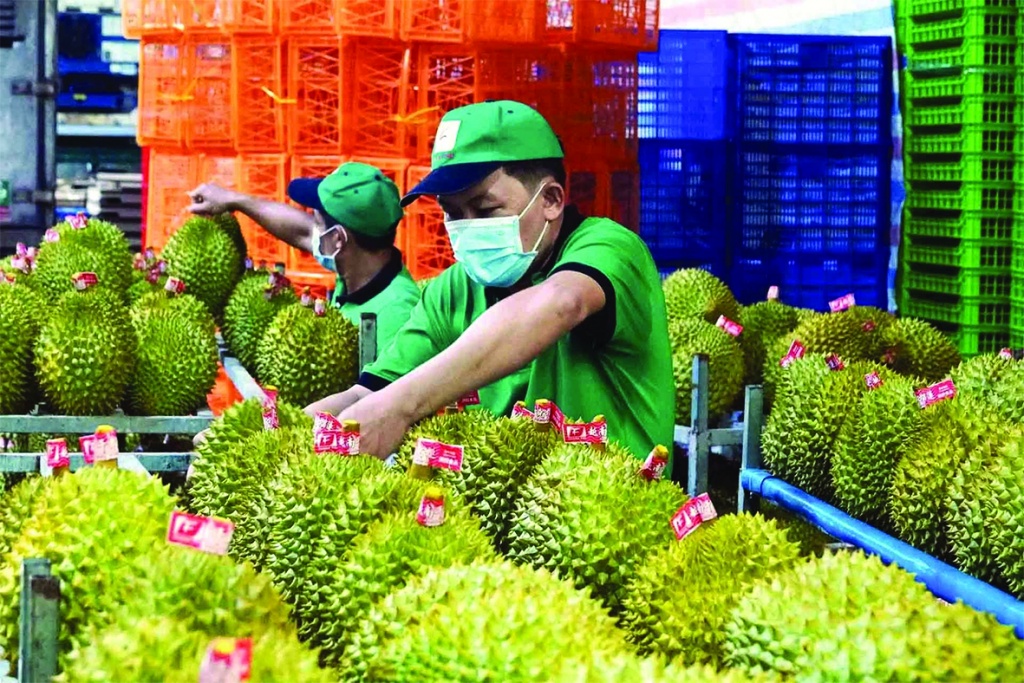 |
| Durian is one of Vietnam's main agricultural exports. Photo: Ngoc Thach |
The above information was announced by the Vietnam Fruit and Vegetable Association at the 5th Congress of the association on January 6, 2025.
According to Mr. Nguyen Thanh Binh, Chairman of the Vietnam Fruit and Vegetable Association, the country currently has over 150 industrial-scale fruit and vegetable processing facilities, with a total designed capacity of 2.2 million tons of products/year, in addition to over 7,000 small-scale processing facilities.
Vietnam's fruit and vegetable processing industry has undergone many changes over the past 5 years. Many new processing facilities and factories with modern, advanced technology and machinery have been built and put into operation, providing a larger output of processed fruits and vegetables, contributing to improving the product consumption capacity of farmers.
The fruit and vegetable processing industry also creates many types of products from the same raw materials, contributing to increasing consumption and expanding the market for fruits and vegetables. However, with the current capacity, the fruit and vegetable processing industry is not commensurate with the strong growth of the raw material production sector.
Deputy Minister of Agriculture and Rural Development Hoang Trung said that fruit and vegetable exports have increased continuously for a long time, especially in 2024, the entire agricultural sector will export over 62 billion USD, in which the fruit and vegetable industry will make a great contribution.
In most major markets, Vietnamese enterprises have overcome trade barriers; export quality has improved greatly, Vietnamese fruits are increasingly popular in many markets... making Vietnam the leading country exporting fruits and vegetables.
“With the above premises, Vietnamese fruit and vegetable enterprises need to promote and maintain and expand market share in key and traditional markets,” Deputy Minister Hoang Trung emphasized.
According to businesses, to support export production, the State has issued many policies to pave the way and promote the development of agriculture in general and vegetables and fruits in particular, such as: building a medium-term and long-term development strategy for the agricultural sector, restructuring the agricultural sector, promoting mechanization, automation, application of high technology, developing green agriculture, circular agriculture, reducing emissions, digital transformation, mobilizing, encouraging and supporting producers to apply good agricultural production practices such as VietGap, Global, registering and implementing regulations on Growing Area Codes, Packing Facility Codes... to improve productivity, output, quality, and increase the added value of agricultural products to meet market demand with the aim of gradually shifting from small-scale production to large-scale, concentrated production and sustainable development.
Vietnam is integrating well into the global economy . The government has actively negotiated and signed 16 new-generation free trade agreements to expand the export market for fruits and vegetables, especially the agreements between Vietnam and China on granting official import licenses for 12 Vietnamese fruit products, including durian, which has pushed Vietnam's fruit and vegetable export turnover to China to a new level of development.
Along with that, trade promotion programs to traditional markets as well as new markets have helped many businesses find customers and markets, contributing to increasingly strong production and consumption of fruits and vegetables.
Many new forms of consumption are formed and developed rapidly such as e-commerce, joint ventures, consumption partnerships, market expansion...
Looking back over the past time, our country's fruit exports have grown well in many markets. It is forecasted that in the coming years, the export market will continue to expand with 5 main regions, including: China, Korea, ASEAN countries, Hong Kong, the United States, Canada and the EU. In addition, there are potential markets such as India, UAE, Australia and New Zealand.
In particular, the Vietnam Fruit and Vegetable Association has pointed out a number of limitations that need to be overcome to bring the fruit and vegetable export turnover to the target of 10 billion USD by 2030. That is, the production organization has not really met all the requirements, especially export requirements; there is a lack of a chain production model due to small scale, fragmentation, and dispersion.
The area of fruit trees grown using safe production processes (GlobalGAP, VietGAP) or in a safe direction is still low (20-30% of the total area). The abuse of chemical fertilizers and pesticides is always the cause of food safety and hygiene, causing difficulties in quality management, affecting the brand of Vietnamese fruits in the domestic and export markets.
The number of growing area codes and packing facility codes granted by importing countries such as China is still small compared to the production scale of Vietnam, especially for the durian industry. Up to now, there are only 708 growing area codes and 168 packing facility codes for about 25 thousand hectares/150,000 hectares...
Source: https://haiquanonline.com.vn/xuat-khau-rau-qua-huong-den-muc-tieu-10-ty-usd-193361.html














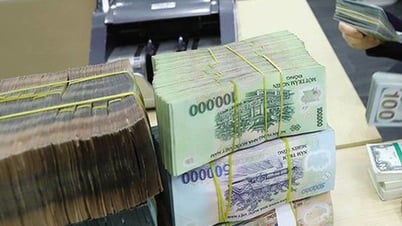

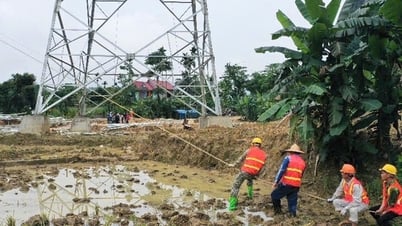









































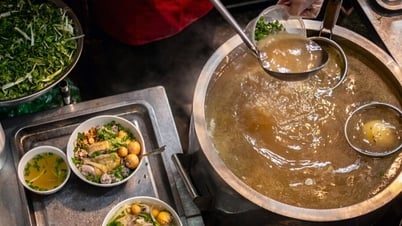


















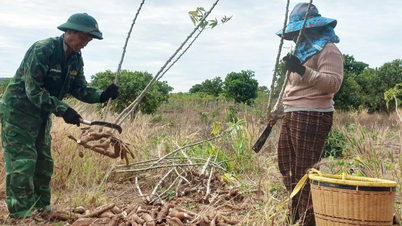













![[OCOP REVIEW] Tu Duyen Syrup - The essence of herbs from the mountains and forests of Nhu Thanh](https://vphoto.vietnam.vn/thumb/402x226/vietnam/resource/IMAGE/2025/6/5/58ca32fce4ec44039e444fbfae7e75ec)




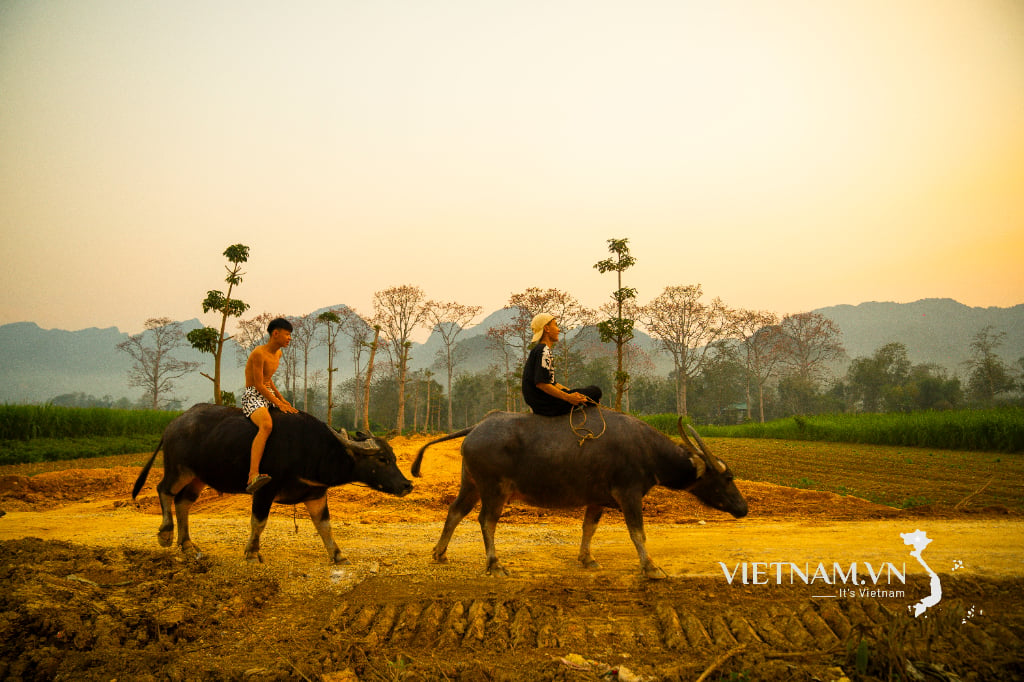


Comment (0)